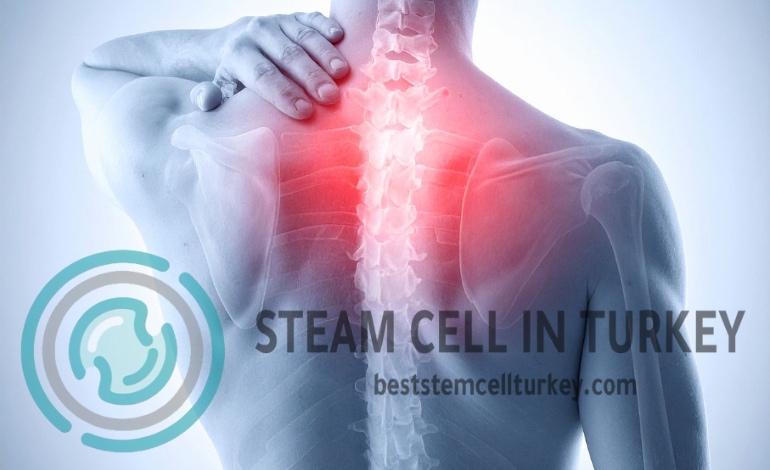Spinal cord injuries are among the most devastating medical conditions, often leading to partial or complete paralysis.
Conventional treatments typically focus on rehabilitation and symptom management, but they do not repair the damaged spinal cord. In Turkey, stem cell therapy is providing new hope for patients with spinal cord injuries, offering the possibility of functional recovery and improved quality of life. Understanding Spinal Cord Injuries A spinal cord injury occurs when trauma or disease damages the spinal cord, disrupting communication between the brain and body.
The severity depends on the location and extent of the injury, and symptoms may include loss of mobility, sensation, and bodily functions. Traditional treatments focus on rehabilitation, physical therapy, and pain management. The Role of Stem Cell Therapy Stem cell therapy introduces regenerative cells that have the ability to repair or replace damaged neural tissue.
These cells can help restore nerve signaling, reduce inflammation, and create an environment that supports healing. For patients with spinal cord injuries, this may mean improvements in mobility, sensation, and independence. Why Turkey Is a Leading Destination Turkey has positioned itself as a leader in regenerative medicine, offering advanced stem cell programs in GMP-certified facilities.
Experienced specialists, cutting-edge technology, and affordable treatment costs make Turkey a top choice for patients worldwide seeking spinal cord injury therapies. Treatment Process The process begins with a comprehensive evaluation to assess the patient’s condition and eligibility. Stem cells are usually harvested from bone marrow or umbilical cord tissue, processed in advanced labs, and administered either intravenously or through targeted injections near the injury site.
Rehabilitation is often combined with therapy to maximize improvements. Expected Benefits Patients undergoing stem cell therapy for spinal cord injuries in Turkey have reported enhanced mobility, increased muscle strength, reduced neuropathic pain, and improved bladder and bowel function. While outcomes vary, many have achieved meaningful progress in daily activities.
Risks and Limitations Though stem cell therapy is considered safe in accredited facilities, there are limitations. Full recovery is not guaranteed, and results differ depending on the severity and age of the injury. Patients must have realistic expectations and follow medical guidance closely.
Conclusion Stem cell therapy for spinal cord injuries in Turkey represents a groundbreaking step in regenerative medicine. By combining expert care with innovative techniques, Turkey is offering patients renewed possibilities for independence and a better quality of life.

